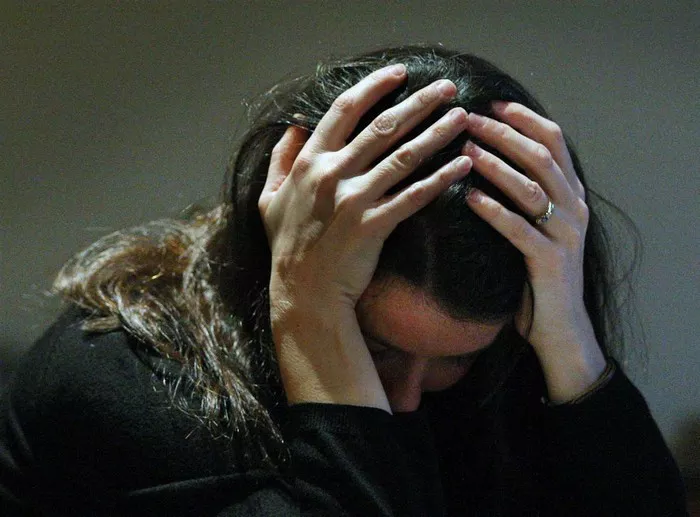Hernia repair surgery is a common procedure that involves repairing a weakened or torn area in the abdominal wall. While the surgery is generally safe and effective, some patients may experience pain or discomfort after surgery due to scar tissue formation. In this article, we will explore the relationship between hernia repair scar tissue and pain, and what you can do to manage pain after hernia repair surgery.
1. Scar Tissue Formation
After hernia repair surgery, the body will naturally form scar tissue as part of the healing process. Scar tissue is a dense, fibrous tissue that forms over the incision site and helps to hold the tissues together as they heal.
While scar tissue is a normal part of the healing process, it can sometimes cause pain or discomfort. This is because scar tissue is less flexible than normal tissue and can put pressure on surrounding nerves and tissues.
The amount of scar tissue that forms after hernia repair surgery can vary depending on the type of surgery performed, the size of the incision, and the individual patient’s healing response.
2. Pain After Hernia Repair Surgery
While some patients may not experience any pain or discomfort after hernia repair surgery, others may experience pain or discomfort for several weeks or even months after surgery.
Pain after hernia repair surgery can be caused by a variety of factors, including scar tissue formation, inflammation, nerve damage, and muscle strain.
If you experience pain or discomfort after hernia repair surgery, it is important to talk to your healthcare provider about your symptoms. Your healthcare provider may recommend pain medication, physical therapy, or other treatments to help manage your pain and improve your recovery.
3. Scar Tissue and Chronic Pain
In some cases, scar tissue formation after hernia repair surgery can lead to chronic pain. Chronic pain is defined as pain that persists for more than three months after surgery.
Chronic pain after hernia repair surgery can be caused by a variety of factors, including nerve damage, muscle strain, and scar tissue formation. Scar tissue can put pressure on surrounding nerves and tissues, which can cause pain or discomfort.
If you experience chronic pain after hernia repair surgery, it is important to talk to your healthcare provider about your symptoms. Your healthcare provider may recommend further testing or imaging to determine the cause of your pain, and may recommend additional treatments to help manage your pain and improve your recovery.
4. Managing Pain After Hernia Repair Surgery
If you experience pain or discomfort after hernia repair surgery, there are several things you can do to manage your symptoms and improve your recovery.
First, it is important to follow your healthcare provider’s instructions for wound care and pain management. This may include taking pain medication as prescribed, applying ice or heat to the affected area, and avoiding activities that may aggravate your symptoms.
It is also important to gradually increase your activity level as you recover. This may include light exercise, such as walking or stretching, to help improve circulation and promote healing.
If you experience chronic pain after hernia repair surgery, your healthcare provider may recommend a variety of treatments to help manage your symptoms. These treatments may include physical therapy, nerve blocks, or other pain management techniques.
5. Preventing Scar Tissue Formation
While scar tissue formation is a normal part of the healing process after hernia repair surgery, there are several things you can do to minimize the amount of scar tissue that forms and reduce your risk of developing chronic pain.
First, it is important to follow your healthcare provider’s instructions for wound care and scar management. This may include using silicone sheets or gels to help minimize the appearance of scars, and avoiding activities that may put excessive strain on the incision site.
It is also important to maintain a healthy lifestyle that includes a balanced diet, regular exercise, and adequate sleep. This can help to promote proper wound healing and minimize the risk of complications after surgery.
Conclusion
In conclusion, scar tissue formation after hernia repair surgery can sometimes cause pain or discomfort. While scar tissue is a normal part of the healing process, excessive scar tissue formation can put pressure on surrounding nerves and tissues, which can cause pain or discomfort.
If you experience pain or discomfort after hernia repair surgery, it is important to talk to your healthcare provider about your symptoms. Your healthcare provider may recommend pain medication, physical therapy, or other treatments to help manage your pain and improve your recovery.
To minimize the risk of developing chronic pain after hernia repair surgery, it is important to follow your healthcare provider’s instructions for wound care and scar management, maintain a healthy lifestyle, and avoid activities that may put excessive strain on the incision site.
[inline_related_posts title=”You Might Be Interested In” title_align=”left” style=”list” number=”6″ align=”none” ids=”4308,4295,4285″ by=”categories” orderby=”rand” order=”DESC” hide_thumb=”no” thumb_right=”no” views=”no” date=”yes” grid_columns=”2″ post_type=”” tax=””]
































